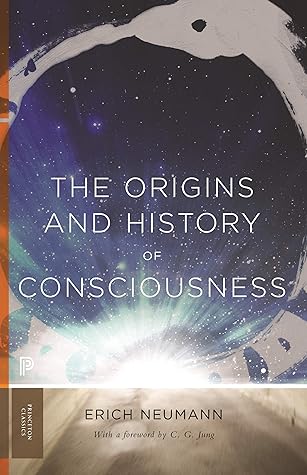More on this book
Community
Kindle Notes & Highlights
Read between
April 5 - April 22, 2021
Symbols gather round the thing to be explained, understood, interpreted. The act of becoming conscious consists in the concentric grouping of symbols around the object, all circumscribing and describing the unknown from many sides.
In the child the great images and archetypes of the collective unconscious are living reality, and very close to him; indeed, many of his sayings and reactions, questions and answers, dreams and images, express this knowledge which still derives from his prenatal existence.
For the embryonic ego the nutritional side is the only important factor, and this sphere is still very strongly accentuated for the infantile ego, which regards the maternal uroboros as the source of food and satisfaction.
When the universal principle of opposites no longer predominates, and devouring or being devoured by the world has ceased to be of prime importance, the uroboros symbol will reappear as the mandala in the psychology of the adult.
The goal of life now is to make oneself independent of the world, to detach oneself from it and stand by oneself.
Self-reflection is as characteristic of the pubertal phase of humanity as it is of the pubertal phase of the individual. It is a necessary phase of human knowledge, and it is only persistence in this phase that has fatal effects. The breaking of the Great Mother fixation through self-reflection is not a symbol of autoeroticism, but of centroversion.
The growth of self-consciousness and the strengthening of masculinity thrust the image of the Great Mother into the background; the patriarchal society splits it up, and while only the picture of the good
Mother is retained in consciousness, her terrible aspect is relegated to the unconscious.
The story of the hero, as set forth in the myths, is the history of this self-emancipation of the ego, struggling to free itself from the power of the unconscious and to hold its own against overwhelming odds.
the stages of the hero myth have become constituent elements in the personal development of every individual.
It is a known fact that the “functional” gods of religion eventually become functions of consciousness.
Instead of being possessed by an archetype we now “have an idea” or, better still, “pursue an idea.”
Indeed, in psychological development, the self lies hidden in the shadow; he is the “keeper of the gate,” 26 the guardian of the threshold. The way to the self lies through him; behind the dark aspect he represents there stands the aspect of wholeness, and only by making friends with the shadow do we gain the friendship of the self.
By the displacement of the center from the ego to the self, the inmost experience of the individuation process, the transitory character of the ego is relativized.
The personality is no longer wholly identified with the ephemeral ego, but experiences its partial identity with the self, whether this experience take the form of “godlikeness” or of that “cleaving to the godhead” (adherence)31 of which the mystics speak.
The unconscious activity of the self dominates the whole of life, but it is only in the second half that this activity becomes conscious.
The wholeness that comes into being as a result of the individuation process corresponds to a profound structural change, a new configuration of the personality.
Whereas in the first half of life there was a tendency to differentiation and ever-increasing tension at the expense of wholeness, the integration process tends towards increased stability and a lowering of tension.


